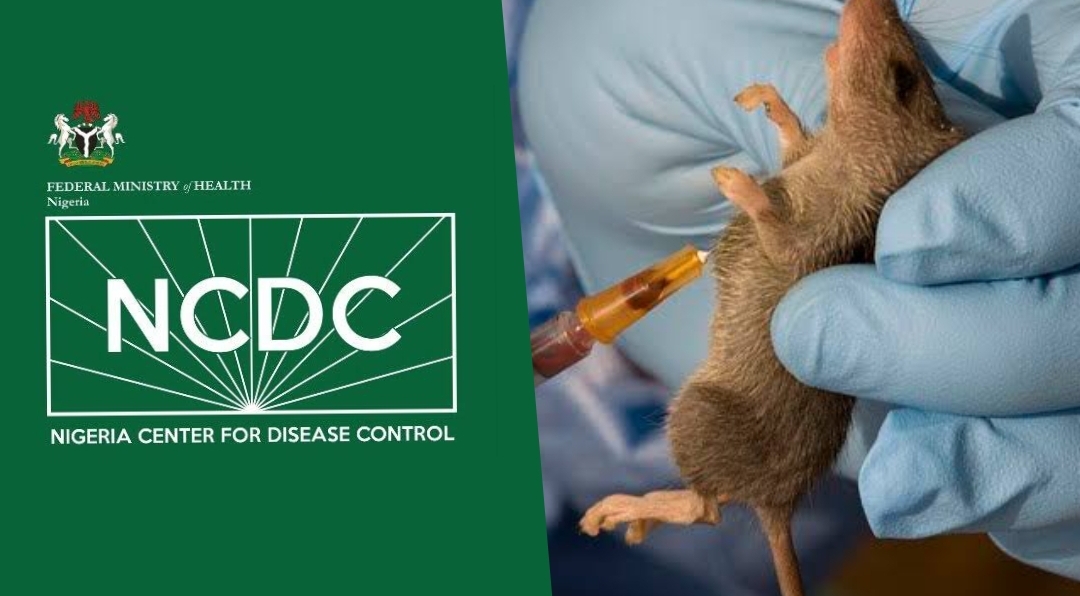NCDC Confirms 13 New Lassa Fever Cases, Four Deaths

The Nigeria Centre for Disease Control and Prevention (NCDC) has confirmed 13 new cases of Lassa fever and four additional deaths recorded across the country in its latest weekly situation report.
The new figures were contained in the agency’s 40th epidemiological report, covering the period between September 29 and October 5, 2025.
According to the NCDC, the new infections were reported from Ondo and Edo States, which remain among the states with the highest burden of the disease.
With the latest data, the total number of confirmed cases so far in 2025 has risen to 924, while 172 deaths have been recorded in 21 states and 106 Local Government Areas (LGAs).
The national case fatality rate now stands at 18.6 percent, slightly higher than last year’s figure.
The agency also reported 117 suspected cases within the week under review, bringing the cumulative number of suspected infections since January to 8,041.
The NCDC noted that over 90 percent of all confirmed cases were reported from five states Ondo, Bauchi, Edo, Taraba, and Ebonyi with Ondo State alone accounting for the highest proportion.
No new infections were recorded among healthcare workers during the week, a development health authorities described as encouraging following previous spikes in health-worker exposure.
The agency said it continues to coordinate national response activities, including enhanced surveillance, contact tracing, risk communication, and infection prevention measures in collaboration with state ministries of health and development partners.
The NCDC urged Nigerians to maintain proper hygiene, store food in rodent-proof containers, and avoid contact with rats or their droppings. It also advised anyone showing symptoms such as persistent fever, sore throat, vomiting, or bleeding to report immediately to the nearest healthcare facility for prompt diagnosis and treatment.
Lassa fever, a viral haemorrhagic disease transmitted through contact with food or household items contaminated by rodents, remains endemic in Nigeria and typically records an upsurge during the dry season between October and May.









